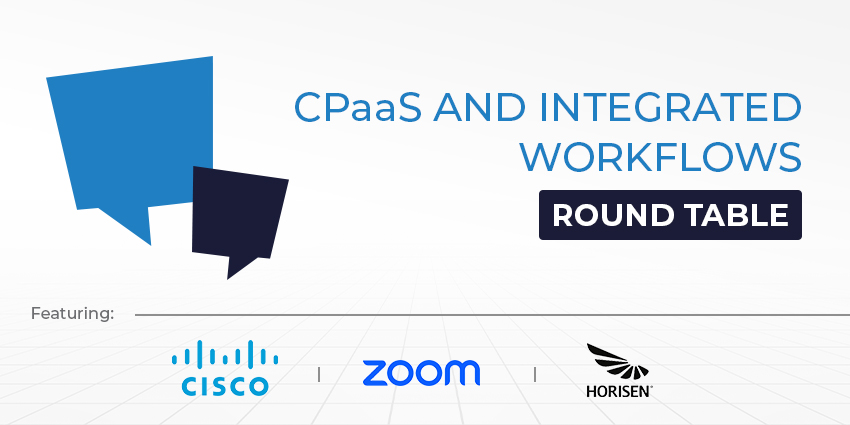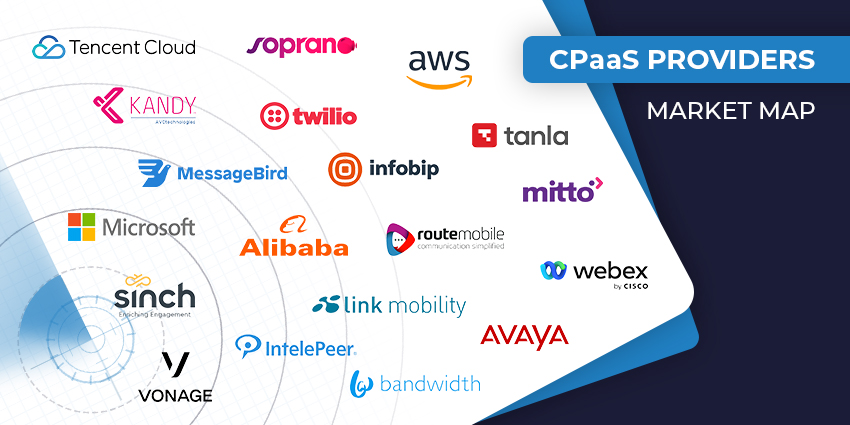Customer experience (CX) is now a competitive battleground. In fact, Gartner believes that two-thirds of companies now compete primarily on the basis of the experience they offer, while IDC states that spending on customer experience technology will increase to more than $600bn by 2021.
However, spending big on CX is one thing; actually delivering a good CX is another entirely. IT teams continue to face significant challenges when it comes to delivering the CX that both the business and customers expect. The core of a great CX is the ability to provide a seamless and two-way experience regardless of which channel the customer wants to use, whether that’s voice, email, webchat, RCS messaging services or even Apple Business Chat. Customers expect to be able to communicate with a business as easily as they do their friends and family over their preferred channel as trying to mandate a channel can be seen as a barrier to entry.
However, recent CIO research reveals that 87 percent of companies find it challenging to offer proactive, two-way communications across all communications channels.
So, what’s stopping CIOs from meeting the expectations of both the business and its customers?
1 – Legacy systems and siloed data

While legacy systems are still a source of value, they can get in the way of CX efforts. More than half of CIOs (51 percent) identified legacy systems as the biggest barrier to delivering a frictionless customer experience, while almost all (92 percent) said they face challenges integrating them with new communications channels. This is often a race against time as improvement programs often aim to update these systems, prior to investing in CX.
Compounding this problem is siloed data as a result of different departments often using different processes, programmes and platforms. The result is that linking these systems together is often a time-intensive, costly process. It’s not surprising that more than half (51 percent) of CIOs said that siloed data impacts their ability to deliver a frictionless customer experience across all communications channels.
2 – Time-intensive development processes
Four out of five CIOs say their company’s current development approach hinders their ability to change or create new customer journeys quickly. All too often, this is due to a reliance on bespoke integrations between communications channels and back-end systems. This is a programming-intensive task, which can often only be carried out by specialist developers. When a customer journey needs to be changed, companies often face a skills gap where the original developers are unavailable or have left the business. This makes it difficult for a new developer to re-use the original code, adding even more time, risk and cost to the process. Companies need to find a way to make creating customer journeys a less code-intensive process, one which doesn’t call for the development team every time.
3 – Inability to automate customer journeys end-to-end
Automation is the key to delivering proactive communications; without it, companies can’t deliver at the speed and convenience required by today’s customers. Yet while this is widely understood, most companies are still only touching the tip of the iceberg as far as automation is concerned. Currently, only half of CIOs are automating customer communications journeys, with little over a third (35 percent) automating customer journeys completely end-to-end.
The same issues preventing CIOs from creating a frictionless customer experience across multiple channels are also hindering automation initiatives – namely data spread across siloed systems and legacy technology.
A significant number (32 percent) of CIOs also find that long development cycles and the associated overheads of testing, deploying, scaling, securing and monitoring prevent their business from automating customer communications journeys end-to-end.
A platform for success
The pressure CIOs find themselves under is only likely to increase as customers become more and more demanding. This is why a platform approach to customer experience – namely, Communications Platform-as-a-Service (CPaaS) – is growing in popularity among CIOs. In fact, IDC estimates that the CPaaS market will be worth $10.9 billion by 2022.
CPaaS sits across the company’s various legacy systems, augmenting them by acting as a bridge between them and customer communications channels. This removes the need to ‘rip-and-replace’ legacy IT systems at great expense and ensures that they can still deliver value without holding back agility. A central communications platform can also support the creation and management of multiple customer journeys. Using low-code development, visual composition and ‘drag-and-drop’ functionality, communications platforms allow companies to build, change and optimise customer journeys in real-time. A low-code approach also democratises development, lessening the burden on IT and at the same time significantly reducing development processes and costs.
From an automation perspective, a platform approach makes it seamless to integrate and orchestrate customer interactions using NLP and AI. They provide the tools to launch, iterate and orchestrate outbound one-way communications and interactive two-way communications, as well as multi-step interactive customer journeys across any digital communications channel. This enables companies to increase operational efficiency and improve customer experience through automating channel agnostic customer journeys, faster than was ever possible before.
Guest Blog by Dan Garner, SVP Solutions at IMImobile







